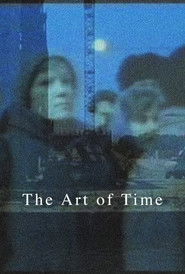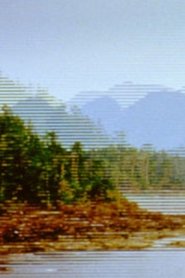detail profile stan douglas

Riwayat Hidup
Since the late 1980s, Stan Douglas has created films, photographs, and installations that reexamine particular locations or past events.
His works often take their points of departure in local settings, from which broader issues can be identified.
Making frequent use of both analog and digital technologies, Douglas appropriates existing Hollywood genres (including murder mysteries and the Western) and borrows from classic literary works (notably, Samuel Beckett, Herman Melville, and Franz Kafka) to create ready-made contextual frameworks for his complex, reimagined narratives that pertain to particular locations or past events.
Info Pribadi
Peran Yang Di Mainkan Stan Douglas
 Explores some of the most innovative...
Explores some of the most innovative...The Art of Time 2009
Explores some of the most innovative attempts by contemporary artists, filmmakers, architects etc to explore multiple Temporalities and to counter the uniform sense of time promoted by our technology-driven society.
 Nutka utilizes image bifurcation to explore...
Nutka utilizes image bifurcation to explore...Nu'tka' 1996
Nu•tka• utilizes image bifurcation to explore the history of colonialization on Vancouver Island, where English and Spanish fleets battled over trade routes in the 18th century. Films of the landscape—the only imagery shown—are superimposed on one screen so that the footage appears doubled. This formal effect is echoed by the soundtrack, which includes excerpts from the sea captains’ diaries, which become increasingly paranoid and irrational. At key moments in the narrative all visual and verbal elements meld together in exquisite clarity.
 An adaptation of the 1907 political novel...
An adaptation of the 1907 political novel...